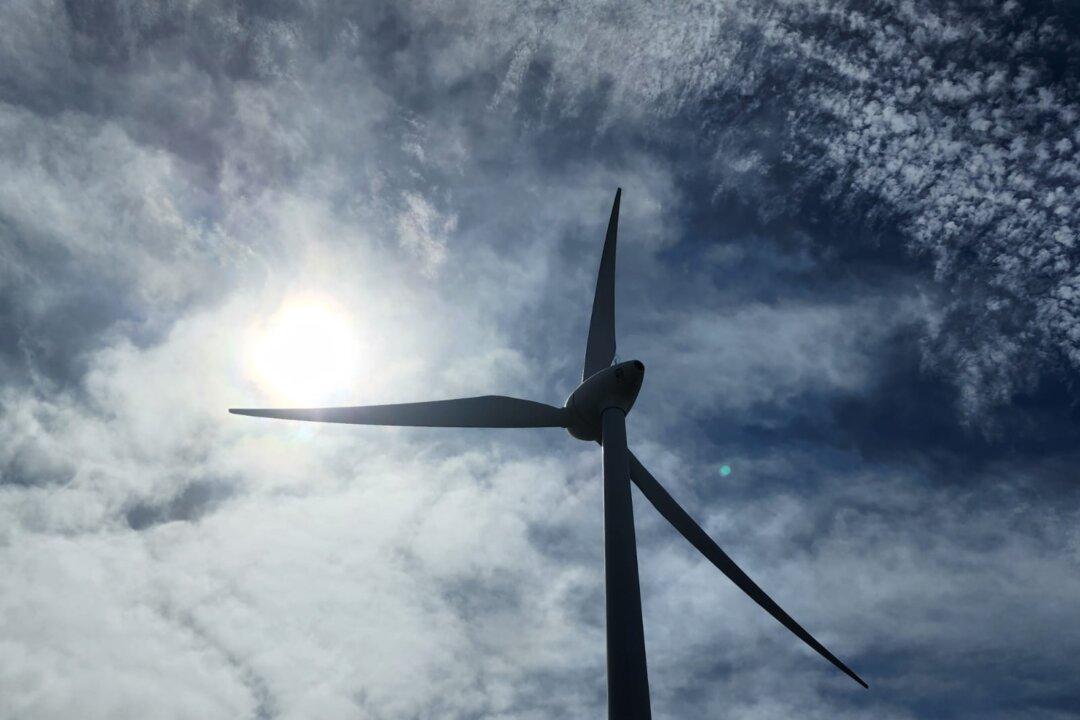The Albanese Labor government has unveiled the “largest-ever” single tender for renewable energy in Australia.
The announcement comes as the Australian government aims to achieve 82 percent renewable energy by the year 2030.

The Albanese Labor government has unveiled the “largest-ever” single tender for renewable energy in Australia.
The announcement comes as the Australian government aims to achieve 82 percent renewable energy by the year 2030.